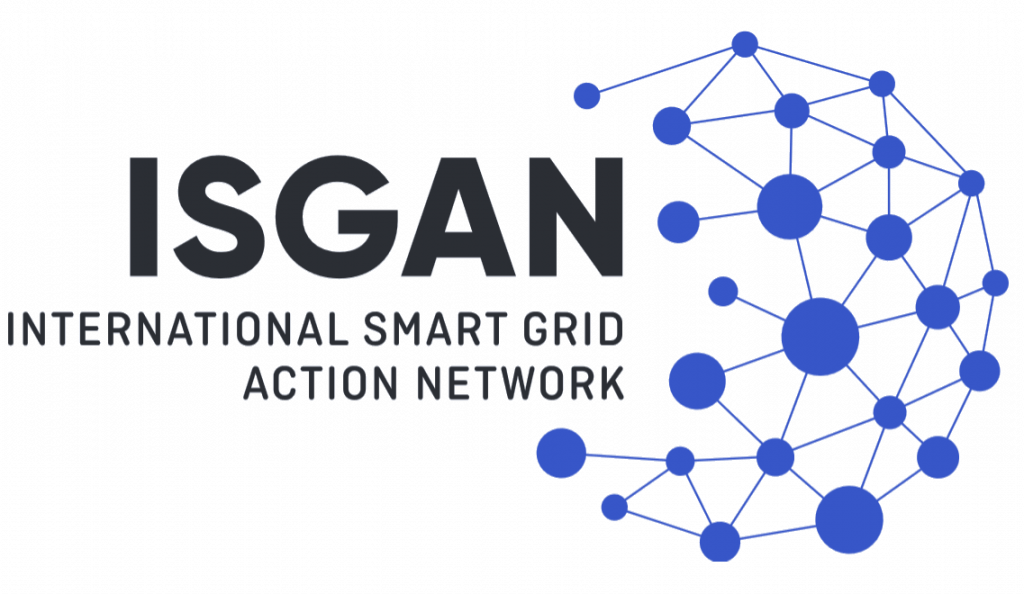Network Planning and Decision-Making under Uncertainty – Discussion Paper and Policy Brief
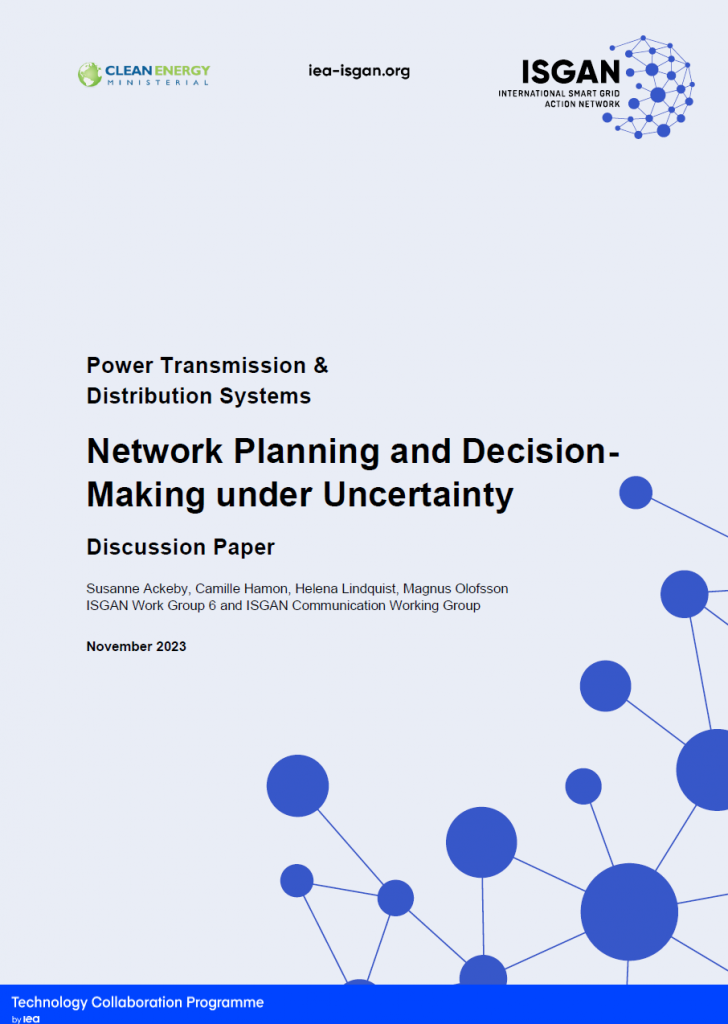
Recognizing the pivotal role of electrical grids in achieving net-zero emissions and addressing a wide spectrum of ecological, social, and economic aspects of sustainable development, ISGAN Working Group 6 joined forces with the ISGAN Communication Working Group, to spearhead a collaborative knowledge sharing project (KSP) on Network Planning and Decision-Making under Uncertainty.
Taxonomy to Quantify Flexibility Potential
To make net zero technically and economically feasible, the future power system will need to capture flexibility from various resources (i.e., generation, storage, and loads) across various segments of the power system (i.e., generation, transmission, distribution, and end-use loads). The uptake of digitalization, the adoption of distributed energy resources and the push for cross-sectoral electrification is transforming traditional grid operation; resources with flexibility potential in distribution grids can be a key solution to support grid reliability, resiliency, and optimized system utilization via flexibility markets.
How can Aggregators Improve the TSO-DSO-Customer Coordination in Digitalised Power Systems? – Discussion Paper and Policy Brief
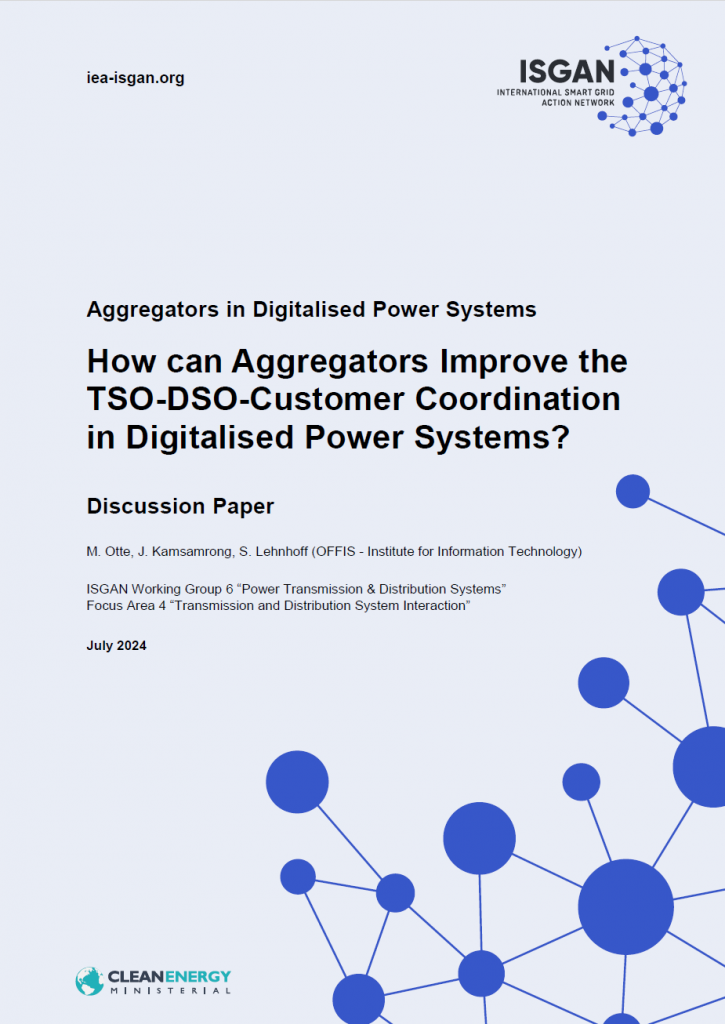
Utilizing untapped Distributed Energy Resources (DERs) potential from customers in the distribution grid necessitates TSO-DSO-Customer coordination. Customers still face challenges how to manage and market their flexibility in the energy market and how they can become active customers. Aggregators can facilitate these flexibilities as an intermediary by providing services to different power systems participants.
Summary of regulatory activities and conclusions of the FlexPlan project
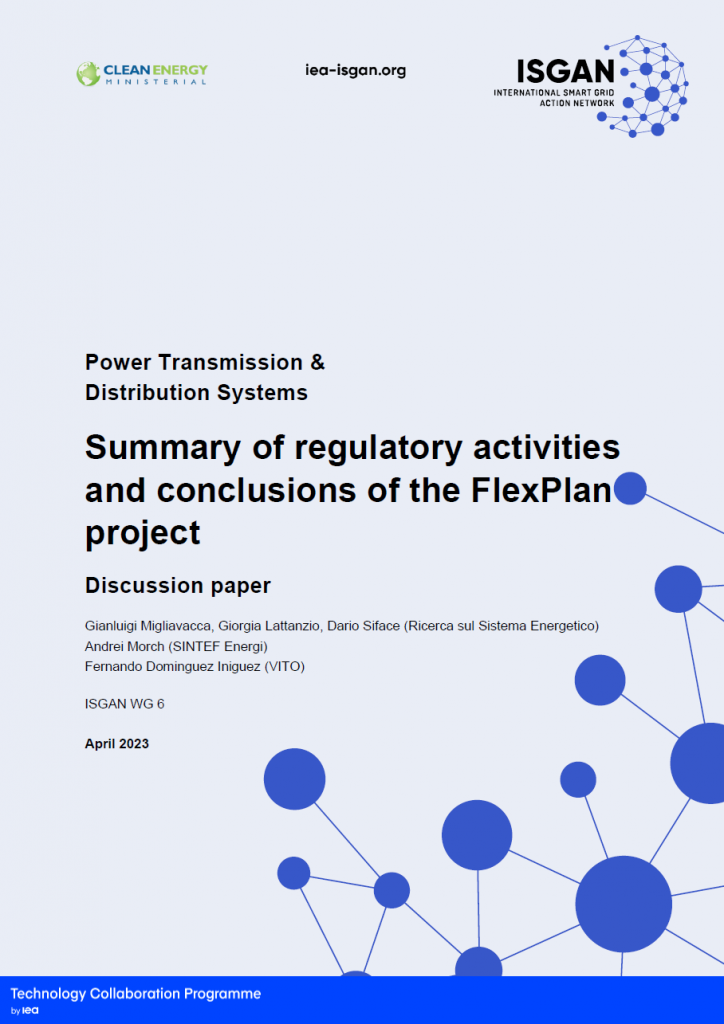
The FlexPlan Horizon 2020 project aimed at establishing a new grid-planning methodology which considers the opportunity to introduce new storage and flexibility resources in electricity transmission and distribution grids as an alternative to building new grid elements, in accordance with the intentions of the Clean Energy for all Europeans regulatory package of the European Commission.
Energy communities’ impact on grids – Energy community embedment increasing grid flexibility and flourishing electricity markets
The new role of energy communities represents both an opportunity and a challenge for DSOs and, consequently, for TSOs. They can unlock active consumers’ flexibility potential and more effectively integrate distributed renewable resources and new technologies, such as rooftop photovoltaic facilities, electric vehicles or batteries, etc. In contrast, energy communities must fulfil all related duties and responsibilities when acting as suppliers, active customers or any other existing market role. They must act on equal terms with other market players.
Barriers to incorporate distributed flexibility in operational and long-term planning – Fact sheet
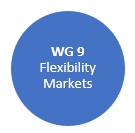
Energy systems around the world are undergoing a paradigm shift, driven by the need for
decarbonization and the rapid growth of decentralized, variable renewable energy sources. A key
element for the effective integration of renewable and decentralized energy sources into the
power system is the use of flexibility from distributed resources, e.g., for market participation or
the provision of grid services.
Stakeholder Opinions on Flexibility Usage in Electric Energy Systems – Technical Report

The global energy landscape is in the midst of a profound shift towards flexibility markets and distributed solutions, necessitating a nuanced understanding of their impact on operational planning. This research, conducted under the International Smart Grid Action Network’s Working Group 9, delves into the intricacies of flexibility within the Austrian, Canadian, and Korean electricity systems. Leveraging prior research, the collaborative effort sets the stage for a comprehensive exploration of flexibility markets across diverse regions.
ReFlex Guidebook
The ReFlex Guidebook for the replication of use-cases tackling the flexibility challenge in smart energy systems is based on the ReFlex project, which aimed to develop a replicability guideline for the deployment of technologically feasible, market-based and user-friendly solutions for smart grids with a high level of flexibility. The focus was put on grids with an expectedly high level of renewable energy production which is effectively and efficiently used locally through mixes of measures from voltage regulation, demand response, energy management and storage.
in eight demo sites in Austria (AT), Germany (DE), Sweden (SE) and Switzerland (CH). Four of them – Salzburg-Köstendorf (AT), Island of Gotland (SE) and Malmö-Hyllie (SE), Lausanne-Rolle (CH) – involved demo sites situated in larger areas with a distribution system operator (DSO) as the main project partner. The other four of them – Biel-Benken (CH), Güssing (AT), Hartberg (AT) and Wüstenrot (DE) – are situated in smaller areas with less than 15,000 inhabitants involving private and public owned energy utilities, which did not have to unbundle grid operation from energy supply.
Working Group 9- Flexibility Markets Task 4: Operational Planning – Fact Sheet
As part of the IEA TCP for a Co-operative Programme on Smart Grids (ISGAN) Working Group 9, we access insights from existing European and non-European power systems, markets, and pilots to understand the issues and implications of flexibility market design.
Stakeholder Opinions on Flexibility Usage in Electric Energy Systems – Technical Report
The global energy landscape is in the midst of a profound shift towards flexibility markets and distributed solutions, necessitating a nuanced understanding of their impact on operational planning. This research, conducted under the International Smart Grid Action Network’s Working Group 9, delves into the intricacies of flexibility within the Austrian, Canadian, and Korean electricity systems. Leveraging prior research, the collaborative effort sets the stage for a comprehensive exploration of flexibility markets across diverse regions.

